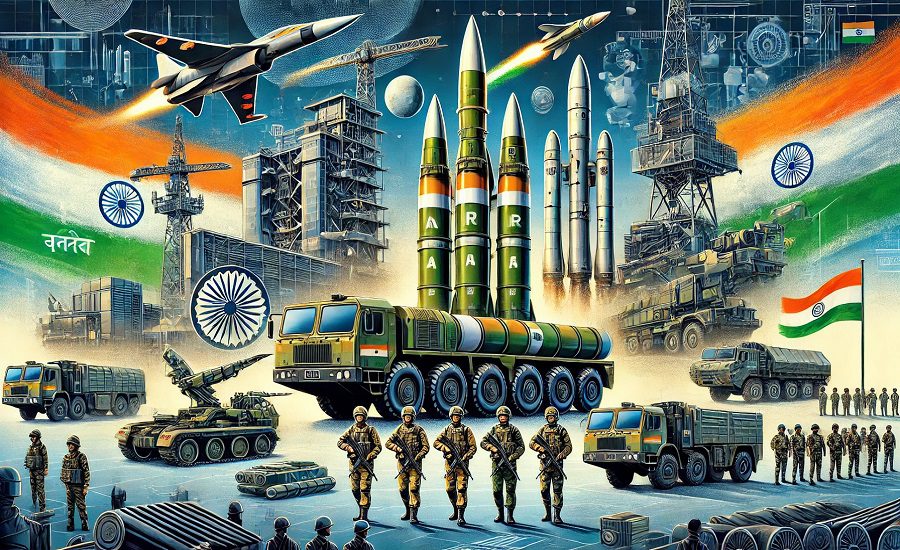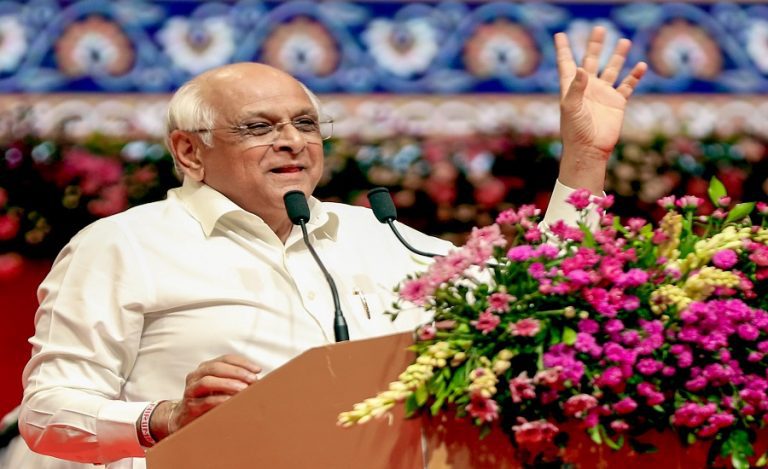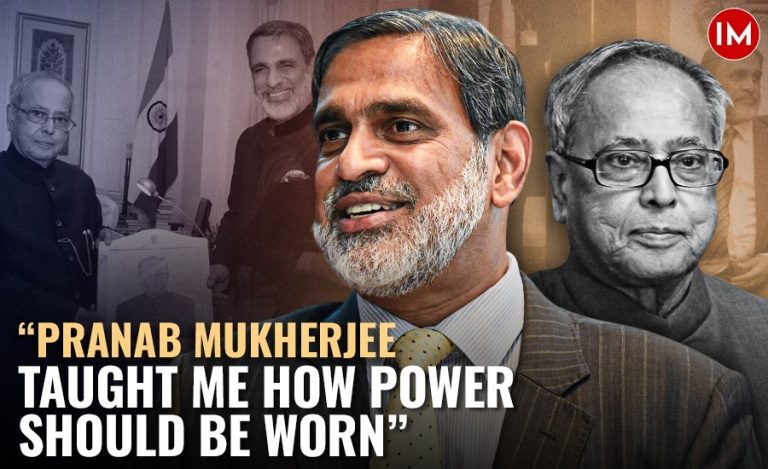New Delhi: Once the world’s largest arms importer, India is now undergoing a historic transformation in its defence sector. Driven by the ambitious Atmanirbhar Bharat (Self-Reliant India) campaign and sweeping policy reforms, the country is rapidly shifting from foreign dependency to indigenous defence manufacturing and global export leadership.
A Strategic Shift Decades in the Making
In the decades following independence, India’s military relied almost entirely on imported equipment — from Soviet-era MiG fighter jets to Swedish Bofors guns. More than two-thirds of its defence inventory came from abroad, leaving India strategically vulnerable.
That began to change in 2014 with the launch of Make in India, which prioritized defence manufacturing. Today, over 65% of India’s defence equipment is domestically produced, a figure that continues to grow with every fiscal year.
Production & Procurement Surge
India’s defence production has skyrocketed:
- ₹1.51 lakh crore in output recorded in FY 2024–25 (an 18% rise from the previous year).
- The target: ₹3 lakh crore by FY 2029.
On the procurement front, the Ministry of Defence signed a record 177 contracts worth ₹1.68 lakh crore in FY 2024–25—most of them with Indian companies under the revised Defence Acquisition Procedure (DAP) 2020, which gives top priority to “Buy Indian – IDDM” (Indigenously Designed, Developed and Manufactured).
Key Policy Pillars Driving Growth
India’s push for defence self-reliance is underpinned by an evolving policy and institutional ecosystem:
- DPEPP 2020: Aims for ₹3 lakh crore in production and ₹50,000 crore in exports by 2029.
- Positive Indigenisation Lists: Over 5,500 items banned from import, ensuring assured orders for local manufacturers.
- iDEX (Innovations for Defence Excellence): Supporting startups and MSMEs in defence R&D. Notable successes include indigenous drone systems by Sagar Defence Engineering.
- Defence Corridors: Industrial hubs in Uttar Pradesh and Tamil Nadu to strengthen supply chains.
- Corporatisation of Ordnance Factories: In 2021, the Ordnance Factory Board was reorganized into seven defence PSUs to boost efficiency.
- FDI Reforms: Up to 74% FDI via automatic route, and 100% with government approval, aimed at attracting foreign tech and investment.
India Emerges as a Defence Export Power
In FY 2013–14, India’s defence exports were just ₹686 crore. Fast-forward a decade, and they’ve soared to a record ₹23,622 crore in FY 2024–25—a 34-fold increase.
- Private Sector Dominance: Around 60% of defence exports now come from Indian private companies.
- Global Buyers: Over 100 countries, including the USA, France, and Armenia, import from India.
- High-profile deals: The export of BrahMos missiles to the Philippines was a landmark, with ongoing talks for exports of LCA Tejas fighter jets and the Akash missile system.
Flagship Projects Show Indigenous Strength
Several indigenous defence projects are redefining India’s military capabilities:
- LCA Tejas: A 4.5-generation fighter jet involving over 85 Indian private firms in its supply chain. The Mk1A variant is in final development, with first deliveries to the IAF expected by end of 2025. Work is also progressing on Tejas Mk2 and the stealth AMCA (Advanced Medium Combat Aircraft).
- INS Vikrant: Commissioned in 2022, it is India’s first indigenously built aircraft carrier, showcasing domestic naval engineering prowess.
- Missile Systems: India’s missile arsenal—Agni, Prithvi, BrahMos, and Astra—has become one of the most diverse globally. The Astra Mk-1 air-to-air missile was successfully launched from the Tejas jet, proving integration between indigenous platforms.
Challenges Remain, But Direction Is Clear
Despite rapid progress, key challenges remain:
- Dependence on imported engines, sensors, and critical tech components.
- Long development timelines for complex systems.
- Need to scale up manufacturing to meet both domestic and export demands.
The government is tackling these through public-private partnerships, FDI liberalization, and a clear roadmap for technology transfer.
read also: INS Tamal Wraps Up Successful Port Call at Casablanca, Strengthening India–Morocco Naval Ties
Strategic Autonomy on the Horizon
India’s transformation in defence is more than industrial—it’s strategic. With robust policies, expanding capacity, and growing global trust, India is not just reducing its dependency on foreign arms. It’s becoming a serious player in the global arms market—offering quality, cost-effective alternatives, and building long-term military diplomacy.
From buyer to builder, and now to global supplier, India’s defence journey reflects its broader ambition: to be self-reliant, secure, and sovereign.



























